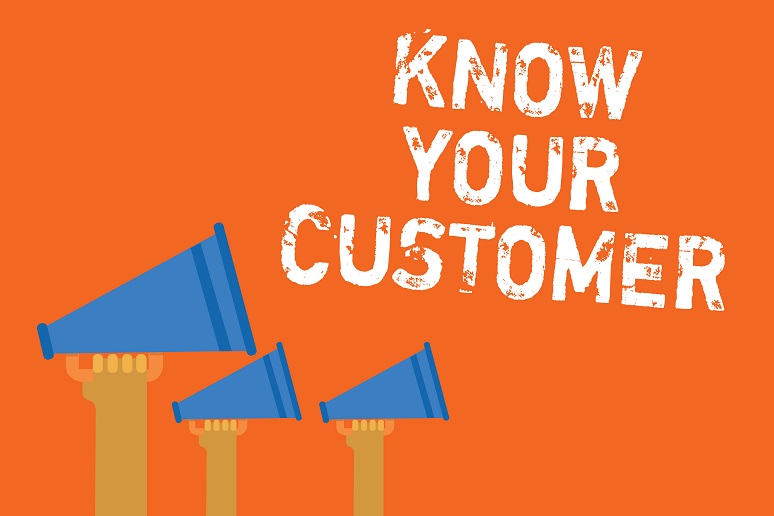With the acceleration of cloud migration and digital channel usage in contact centers worldwide, a new imperative is emerging for companies to capitalize on these shifts and to ensure continued relevancy: providing deeper personalization.
Delivering personalized, contextual conversations is not a new concept for contact centers, but it’s taken on increased urgency as consumers have flocked to digital engagement and expect a personal touch like they are accustomed to with a phone call. However, a recent
Twilio Segment survey shows the disconnect between brands and consumers on personalization: While 85% of companies surveyed claim to provide personalized customer experiences, only 60% of consumers agree. Clearly, more work is required to stay ahead of always-changing customer expectations.
Why the Status Quo Is Failing
Past approaches to personalized interactions in the contact center have relied on integrations with CRM. Press your contact center solution together with your CRM instance and make the CRM object data visible to the agent so they can greet the customer by name, view past ticket history, etc. Industry debate was less about the content and quality of customer data, and more about the battle for the desktop — i.e., do agents use the contact center or CRM interface? The debate largely took for granted that the CRM contained all relevant customer data an agent needs to effectively serve customers.
In reality, the CRM is not the only place where relevant customer data lives. Missing from CRM object data, for example, are the button clicks and ad impressions of website visitors that could inform proactive engagement for personalized offers and discounts, as well as aggregate buying patterns from billing systems to inform cross-sell/upsell suggestions by agents. Unlocking these high-value interactions across marketing and sales use cases, beyond traditional contact center support use cases, requires collecting data from other sources besides the CRM and then, critically, synthesizing and activating the data for proactive engagement.
This is precisely why Twilio acquired Segment. A customer data platform (CDP), unlike traditional CRM, works within, not against, your existing footprint of enterprise applications. Instead of containing object data and requiring largely manual inputs from overworked sales teams, Segment CDP intelligently collects, synthesizes, and activates customer data from a variety of sources that can then inform strategic, proactive customer engagement.
For example, with Segment, you could proactively offer a discount via webchat to a prospect who viewed the same product page on your site six different times. Or, during a sales transaction, an agent could cross-sell an item that is most typically sold with the original item, with a satisfaction rating of over 90%. Or, you could send data from the contact center to marketers flagging customers who may have questions about a cross-sell opportunity. These use cases require a higher level of data management than traditional CRMs offer.
3 Steps to Unlock New Value from Personalization
- Consider integrating a CDP, like Twilio Segment, with your contact center to capture, synthesize, and activate first-party customer data, collected from your customers rather than third parties, for personalized interactions. Many contact center vendors offer open APIs to address the limitations of legacy CRM data. But the difference between Segment’s CDP and raw data feeds from open APIs is that Segment CDP distills data into “computed traits” about your customers (B2C) or accounts (B2B). Using this data to better understand and serve your customers will help your bottom line.
- Consider persistent threaded digital conversations for better context. Text messaging with friends and family has always been about the persistent thread. Why do digital contact center conversations have to be one-off? With persistent threads, both the customer and the agent benefit from visibility to prior interactions. The contact center bar has been too low for too long. Persistent threads can be achieved with Twilio Conversations.
- Use the same trained agent population to handle all channels, rather than some agents on phones, others on chat. Achieve this by consolidating channels into one contact center user interface. Interactions will be more personalized because when consumers migrate from one channel to another, they can stay with the same agent. And all the training and tools made available to the agents will be available across all channels. Historically, companies have been poor at this: Only 24% of surveyed businesses say they are investing successfully in omni-channel personalization. The Twilio Flex programmable contact center platform has a single user interface for all channel types.
Getting to the cloud and adding digital channels is a great first step to modernizing your contact center. But you can’t stop there. By focusing on delivering more personalized interactions, your customers will reward you with repeat business and higher loyalty. Agent and customer satisfaction will go up as conversational messaging mirrors that of our personal text messaging experience. And the foundation will be in place for more proactive customer engagement across sales, marketing, and support functions.
To learn more,
attend our webinar, “Three Imperatives for Achieving Hyper-Personalized Customer Engagement.”








